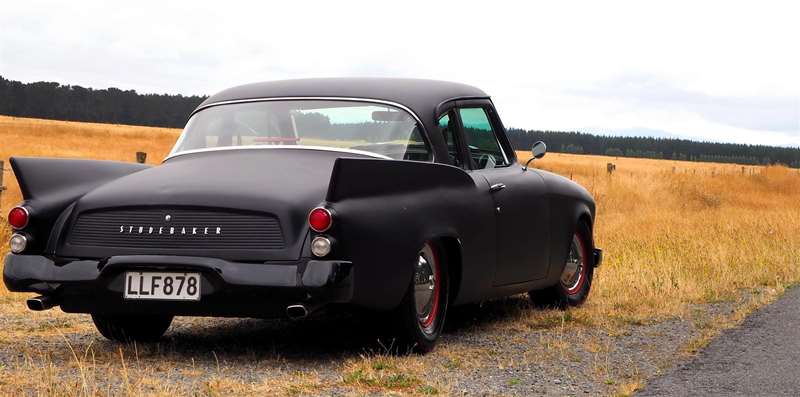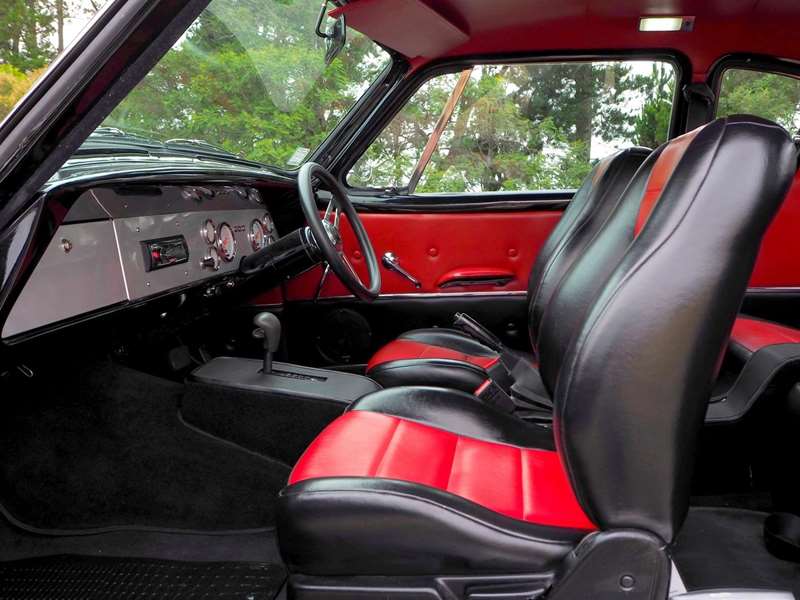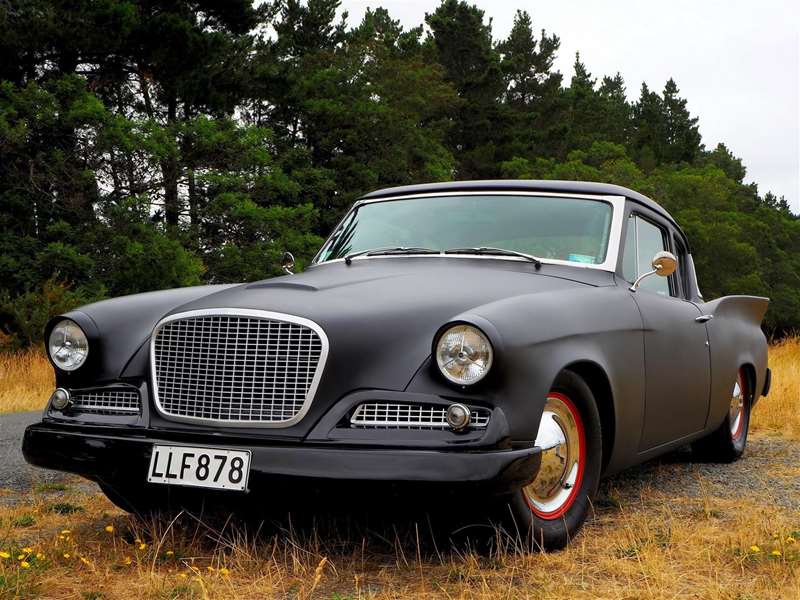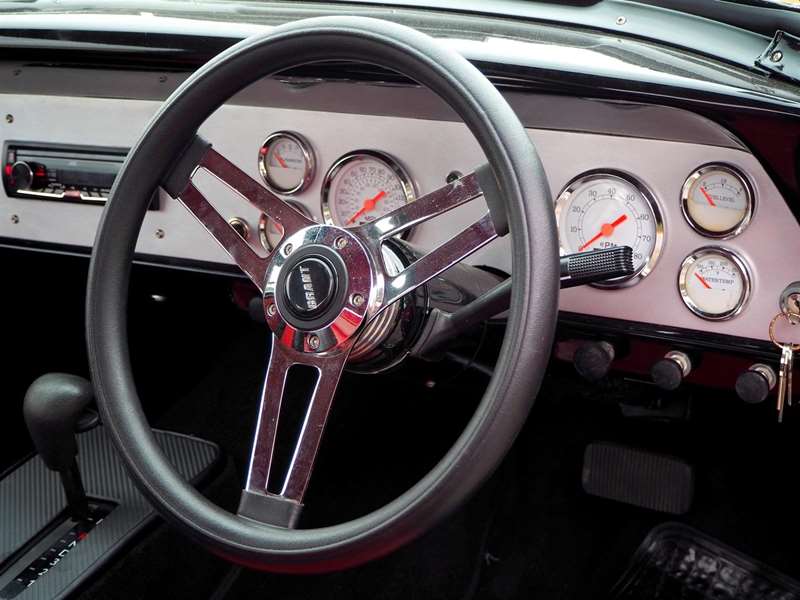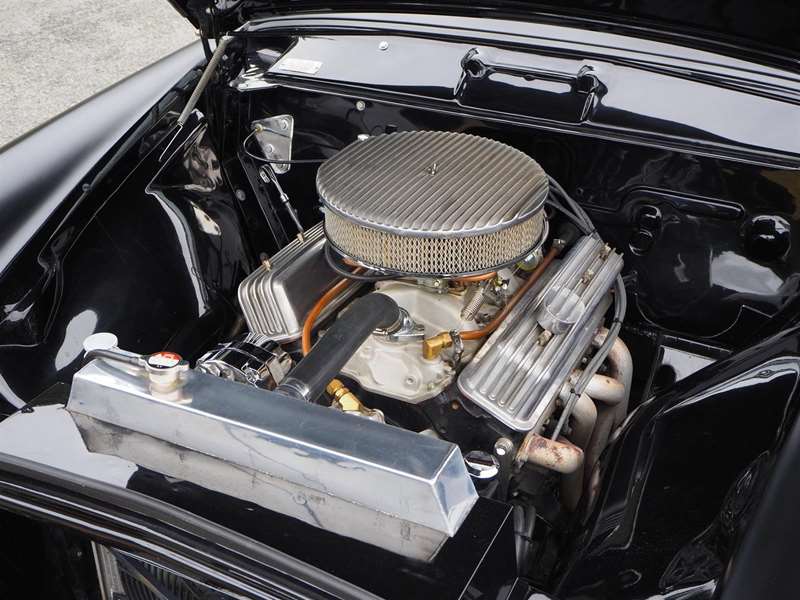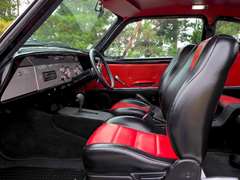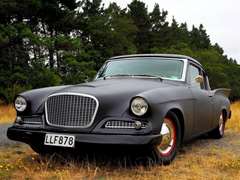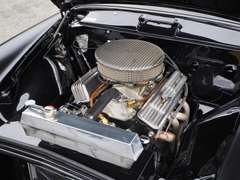A restomod — a restoration and modernisation — of a classic car isn’t for everyone, writes Chris Williams.
The best thing about classic cars is the way they look. The worst thing? Pretty much everything else.
There are attractive cars made today — the Aston Martin Vantage, BMW 5 Series, and Mazda 3, for example — but 20th-century car styling was much more adventurous. However, the undeniable downside is that they often refused to start and, sometimes, refuse to steer or stop.
For anyone who is not a classic car purists, the idea of coupling old-school styling with modern comfort, driveability and reliability is an appealing prospect.
Heck, even car manufacturers themselves are refurbishing old models. From Aston Martin’s wonderful but slightly pompous ‘‘Heritage Services’’ to Mazda’s MX-5 restoration service, which launched in 2017. In 2016, Jaguar even went so far as to begin remaking its XKSS from the 1950s. Morgan meanwhile has simply made the same car shapes for decades and has gradually
updated everything underneath.
Official factory and small-run ‘‘restore and upgrade’’ type projects are becoming increasingly popular, but they demand rather large sums of money.
So, can you complete a vehicle ‘‘restomod’’ yourself? Cheaply?
The short answer is no. No, you can’t.
Since that question is no longer on your mind, move your focus to this 1961 Studebaker Hawk. It has undergone some much-needed refreshing over the past 10 years. This began soon after its current owner, Alistair, found it languishing, half rotten, in a shed in Cambridge.
Rather than rebuilding a wreck, Alistair’s project was to modernise a classic.
As money was drip-fed into the renovation project, the bodywork was relieved of its rust, and the panels were fixed. A used Jaguar suspension was repaired and mounted, a Chevy small block engine and gearbox were fitted, the interior was re-upholstered and carpeted, new instruments were added. The list goes on. Many other things were either repaired or replaced.
Nearly 10 years and a frightening amount of money later, the Hawk is updated, refreshed and very driveable.
As Alistair wanted, his Hawk is a great touring machine. Unsurprisingly, it is the subtle modern touches that makes it so. For example, the Hawk has been fitted with power steering and the new steering column is from a Holden Commodore, so changing direction is neither laborious nor vague. The seats are comfortable — they’re from a Subaru — and the suspension is the right
balance between bean bag comfort and sporty solidity: the bumps are soaked up and body roll is contained. Overall, the modifications have made the Hawk nicer to drive.
By no means do you forget that you are driving a 60-year-old car. The interior is very open and roomy, the accelerator and brake pedals are miles apart, the fuel gauge needle swings back and forth inside the dial like a mad pendulum, and at speed there is a lot of wind noise. Then, of course, there is the old-school V8 grumble coming from under the enormous bonnet and the fact that everyone is looking at you.
Studebaker hasn’t been making cars for decades — the American firm closed its doors in 1966 after it had been floundering in financial dire straits since the early 1950s.
But during its stint as a car manufacturer, Studebaker produced some stunning machines. The most well-known shape is probably the Starlight Coupe from 1950 and 1951. These had a striking sloping rear end, an imaginative wrap-around rear window, and the iconic bullet nose front end.
If you can ignore the backstory, you can just appreciate the Hawk as an attractive beast. From any angle, it has an imposing presence. From the front, there is the bold, upright grille and long bonnet. From the rear, there are the fins and curved back window. Side-on there is the collective splendour of its 5.2m body in sinister black.
The thing to remember about projects like this, is that they give the owner something completely unique. Secondly, it provides the owner with infinitely more sentimental value than if they were to spend that same money on a new car.
A custom project, by definition, will never be to everyone’s taste. No doubt Alistair’s Hawk won’t have everyone on side and I think that is a good thing. It means he’s done what he wants.
1961 Studebaker Hawk
Engine: 305 cubic inch/4998cc small-block Chevrolet V8
Transmission: Four-speed automatic General Motors 700R4,
rear-wheel drive
Dimensions: Length 5182mm, width 1811mm,
height 1410mm, weight, 1456kg
PHOTOS: CHRIS WILLIAMS
